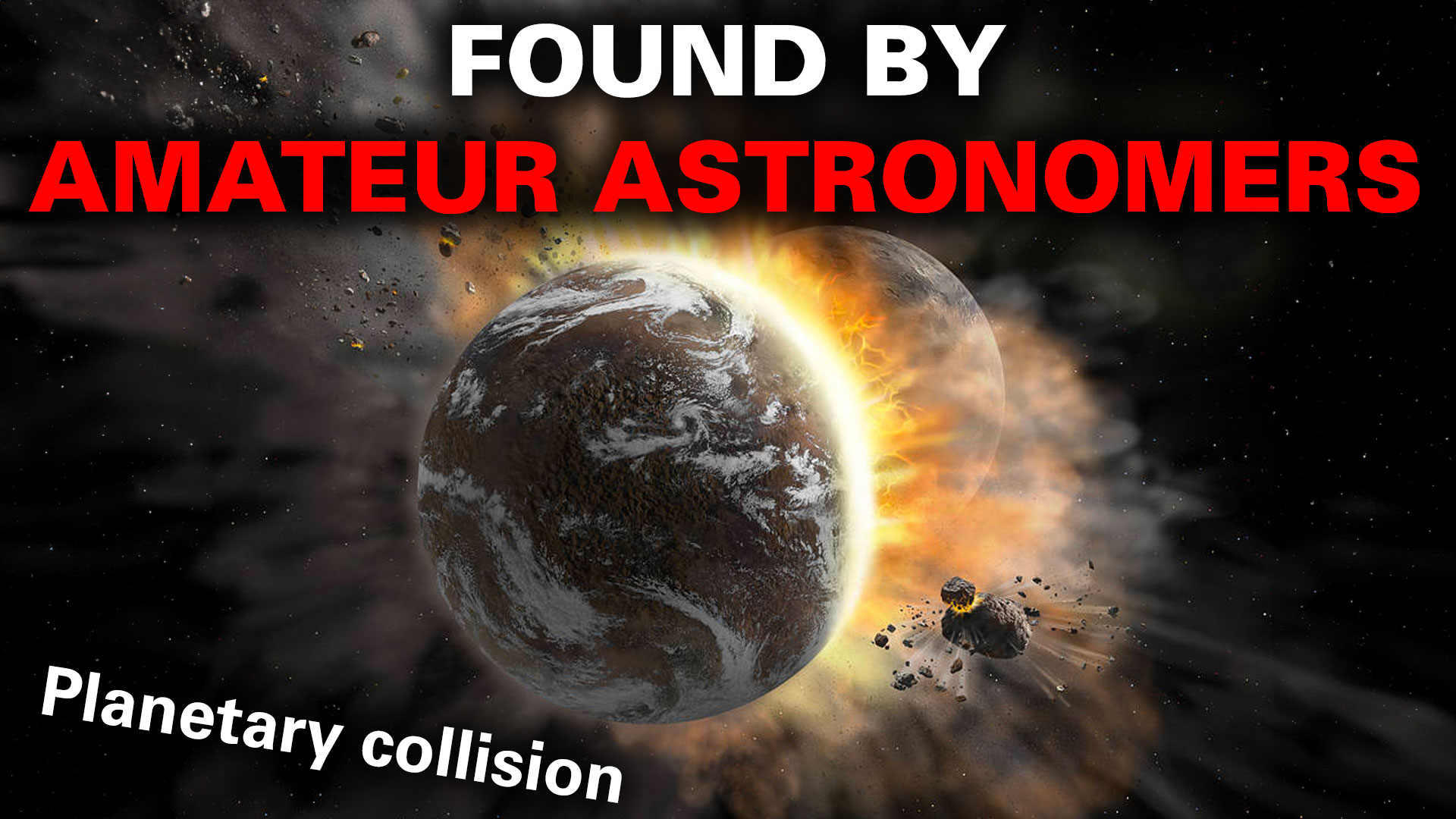Astronomy is one of the sciences where amateurs make regular contributions. Over the years, members of the public have made exciting discoveries and meaningful contributions to the scientific process, either through direct observing, citizen science projects, or through combing through open data from the various space missions.
Recently, amateur astronomer Arttu Sainio saw a conversation on X (Twitter) where researchers were discussing the strange behavior of a dimming sun-like star. Intrigued, Arttu decided to look at the data on this star, called Asassn-21qj, on his own. Looking at archival data from NASA’s NEOWISE mission, Sainio was surprised to find that the star had dimmed before, with an unexpected brightening in infrared light two years before the optical dimming event. So, he joined the discussion on social media and shared his finding – which led to more amateurs joining the research, which lead to an incredible discovery.
Sainio is now listed as one of the co-authors of a new paper published in Nature where professional and amateur astronomers were able to piece together that the brightening and dimming resulted from the collision and breakup of two ice-giant planets.
This all began back in 2021, when the All-Sky Automated Survey for Supernovae (ASAS-SN) network noticed that the star Asassn-21qj – located about 1,800 light years away — was rapidly fading. Professional astronomers Dr. Matthew Kenworthy and Dr. Eric Mamajek began speculating about this weird event in a conversation online.
“Out of the blue, amateur astronomer Arttu Sainio on social media pointed out that the star brightened up in the infrared over a thousand days before the optical fading,” said Kenworthy, in a NASA Science article. “I knew then that this was an unusual event.”
With this open discussion, more amateur astronomer sleuths joined in to study this star. The NASA article details the ensuing events:
Amateur spectroscopist Hamish Barker attempted to capture a spectrum of Asassn-21qj in late July, 2022. A spectrum spreads out the colors of the starlight, revealing the star’s temperature. However, the star turned out to be too dim, so Hamish asked Olivier Garde from a French amateur astronomy team if they could add ASASSN-21q to their target list. The team, called the Southern Spectroscopic project Observatory Team (or “2SPOT”), succeeded in collecting the needed spectrum in early September, 2022 and forwarded it Kenworthy. The 2SPOT team members are Stéphane Charbonnel, Pascal Le Dû, Olivier Garde, Lionel Mulato and Thomas Petit.
Two more amateur astronomers also independently observed the star and contributed their data to the study.
Additionally, amateur spectroscopist Sean Curry provided a spectrum of Asassn-21qj in early April, 2023. Dr. Franz-Josef (Josch) Hambsch followed the star from his remote observatory ROAD (Remote Observatory Atacama Desert). He submitted his results via the American Association of Variable Star Observers (AAVSO) database.

In their paper, the team explained the process, and how when planets are forming in the rotating disks of dust and gas around nascent stars, some of these planets can subsequently collide in giant impacts after the gas component is removed from the disk.
The paper details how the optical eclipse started about two and a half years after the infrared brightening, “implying an orbital period of at least that duration.” The astronomers said that their observations are consistent with a collision between two exoplanets of several to tens of Earth masses at 2–16?astronomical units from the central star.
“Such an impact produces a hot, highly extended post-impact remnant with sufficient luminosity to explain the infrared observations,” the team wrote. “Transit of the impact debris, sheared by orbital motion into a long cloud, causes the subsequent complex eclipse of the host star.”
Sainio said that he learned how to look at archival data from being a part of the citizen science project Backyard Worlds: Planet 9.
“Thanks to working previously with Backyard Worlds, retrieving WISE timeline photometry from NASA’s infrared archive (IRSA) was a logical step for me,” said Sainio.
If you’re interested in taking part of projects like this and would like to help find more objects like Asassn-21qj, the current Zooniverse citizen science project Disk Detective is searching for more exotic clouds of dust around nearby stars.

